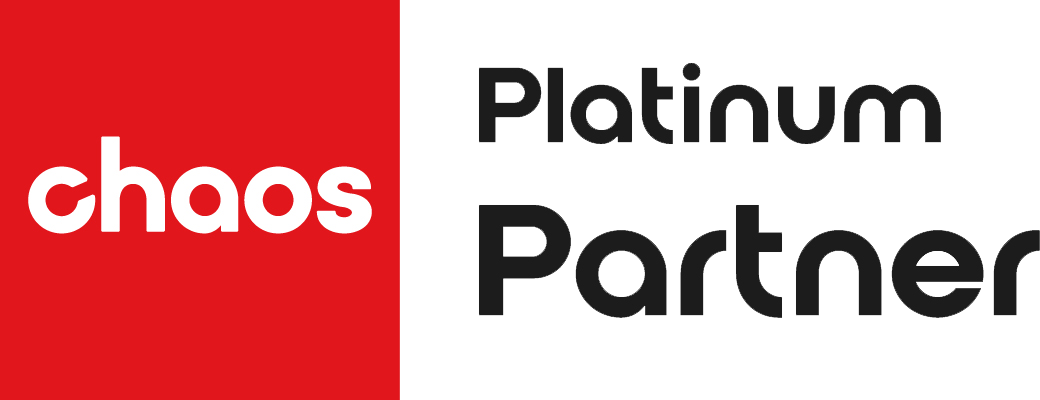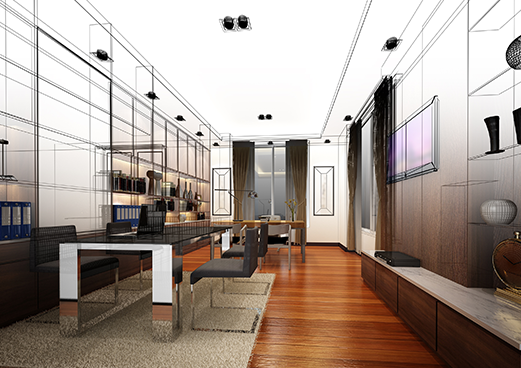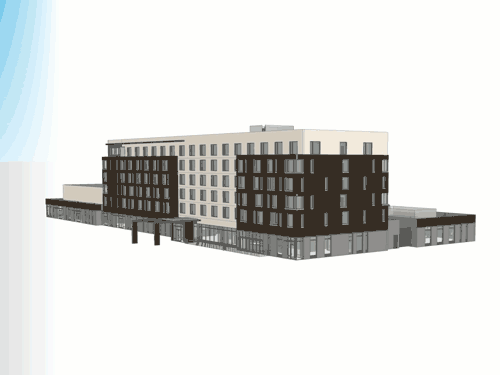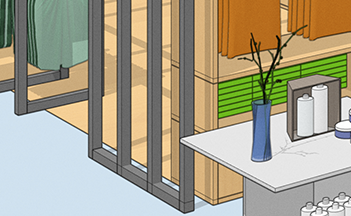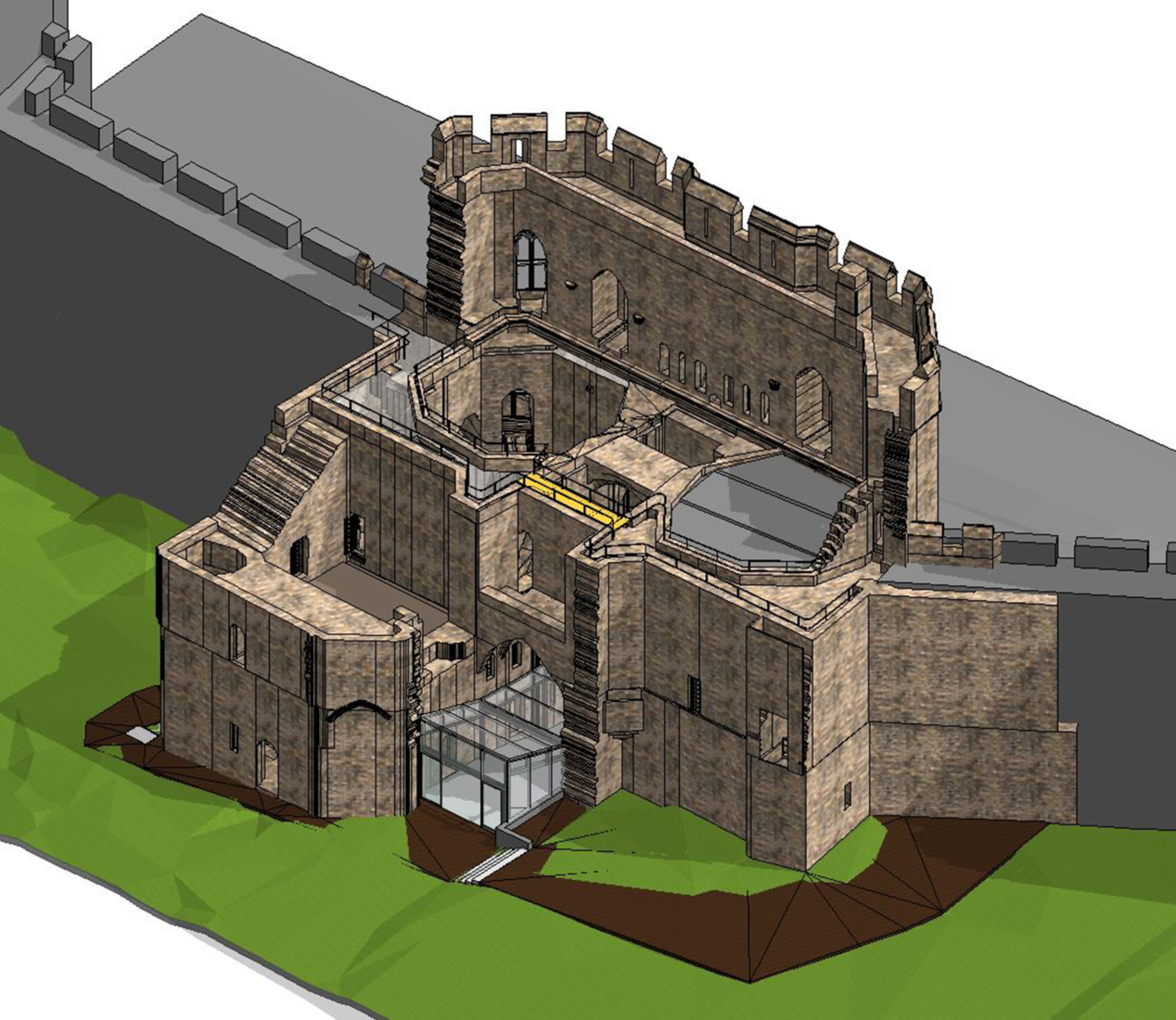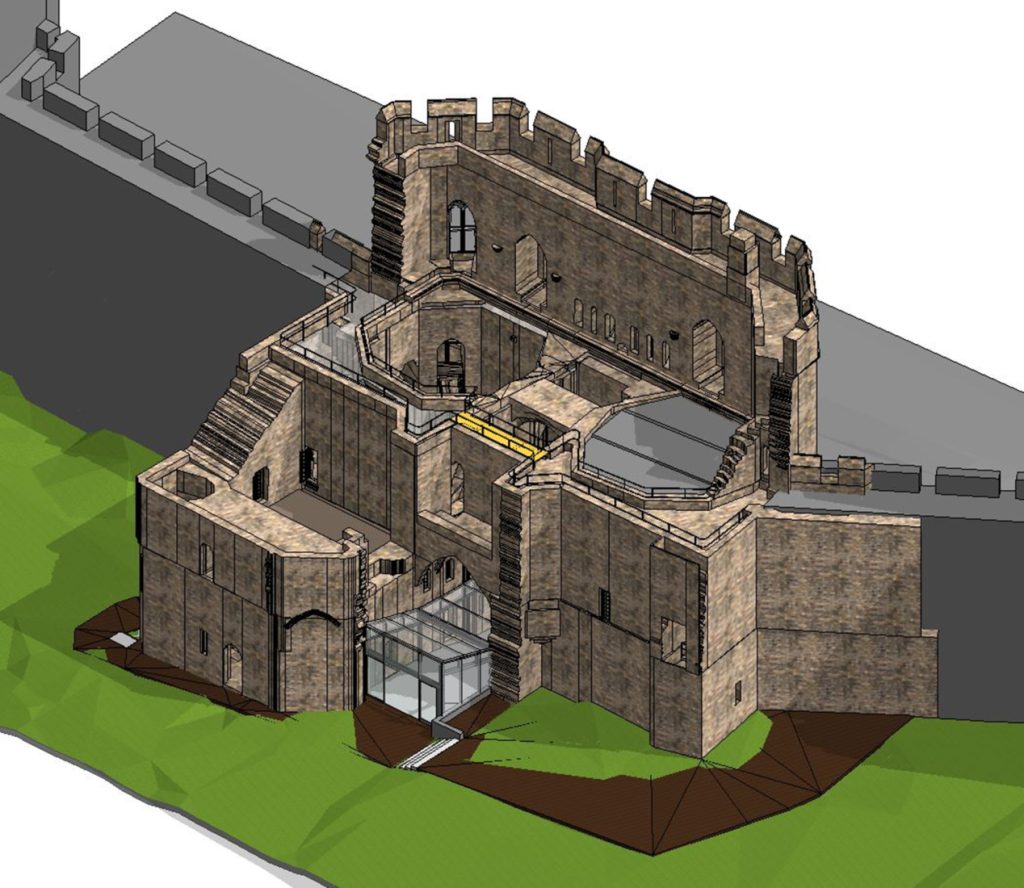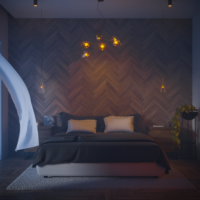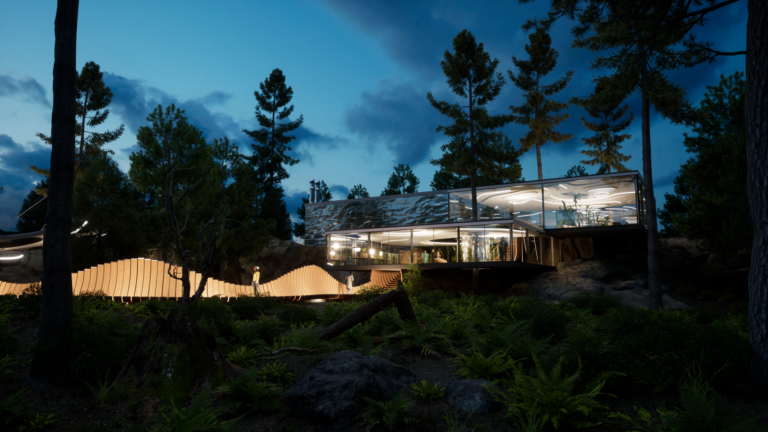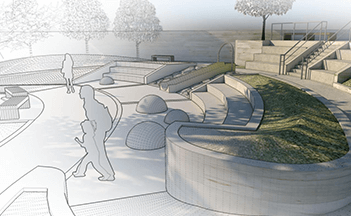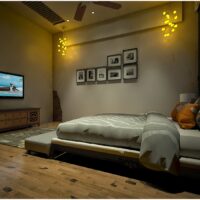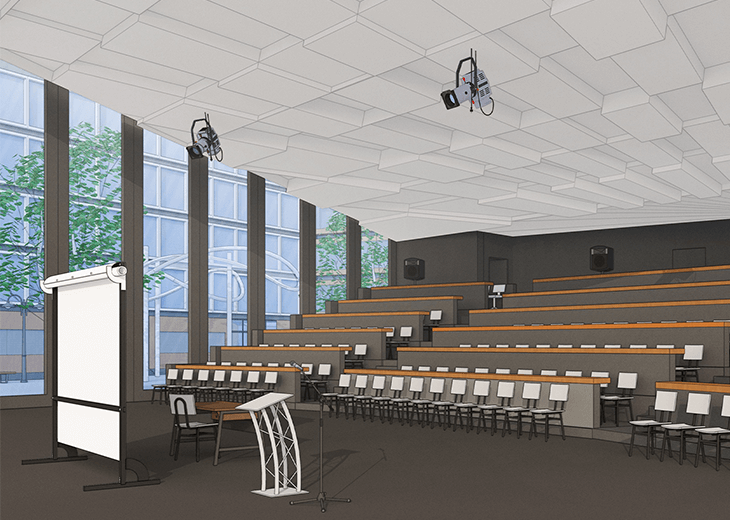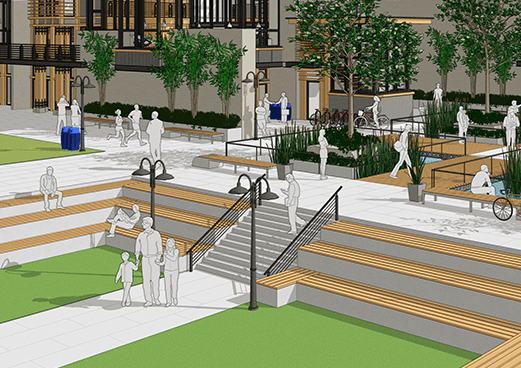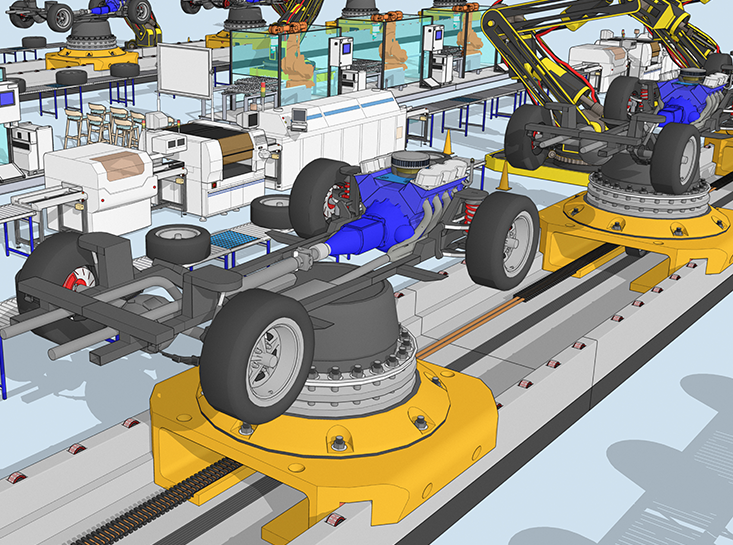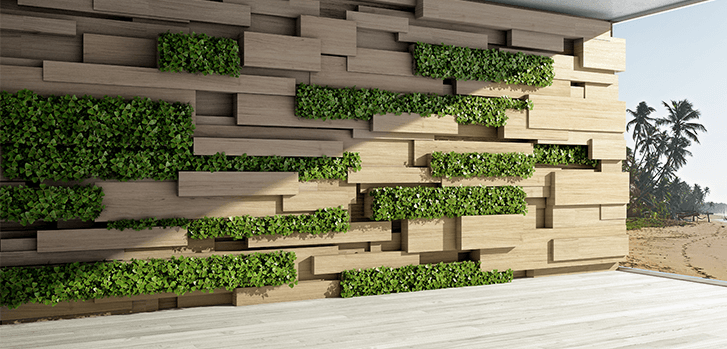The construction sector has been transitioning through a significant period of digitalisation, propelled by constant technological advancements. Innovations in robotics, AI, and data analytics are redefining traditional construction practices.
Notable improvements in efficiency, safety and sustainability have been witnessed.
Digital transformation in construction has touched every facet of the industry. Business methodologies such as Building Information Modeling (BIM), IoT, and associated software suites have presented a paradigm shift. Automation has played a significant role and the onset of AI and Augmented Reality are set to disrupt the market further.
All of the above aim to improve communication and workflow, reduce costs and ultimately optimise project results.
With the majority of construction companies focused on technological optimisation, to ignore such tools is to be left behind. Companies must adopt these practices and tools to remain relevant and competitive. Construction industry digital transformation represents a new language that ensures relevance in an evolving market and facilitates enterprises to satisfy the demands of clients.
This blog post delves into the intricate landscape of the digitalisation of the construction industry. Elmtec hopes that your queries are answered.
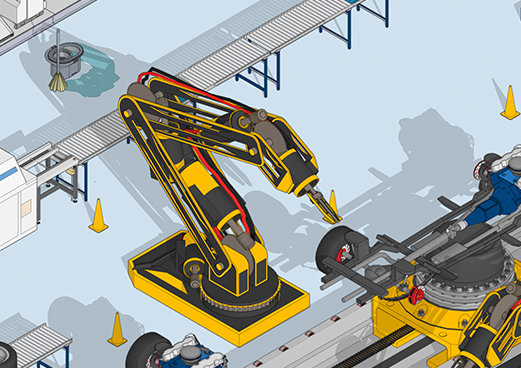
Evolution of the Construction Industry
From prehistoric megaliths to the Industrial Revolution, construction techniques have always been evolving, noting incremental improvements. Surely new digital innovations are set to present the next historical landmark along this journey.
Technology is the new linchpin pushing construction into a new age. With the adoption of digital tools and automation, the industry is subjected to a profound revolution, setting the stage for further improvements.
Industry 4.0 transforms construction by adopting digital technologies. Its relevance lies within principles like;
- Interconnectivity.
- Cloud-based resources.
- Automation through smart machinery.
- Machine learning for predictive analytics.
- Real-time data analytics.
A marriage between physical and digital realms improves efficiency and brings costs down.
Benefits of Digital Transformation
Digital tools revolutionise the way projects are managed by optimising project planning, scheduling, and how we coordinate. Software solutions like SketchUp used in collaboration with BIM methodologies, promote real-time sharing which in turn manages expectations and ensures efficient project delivery. Furthermore, this digitalisation negates errors through miscommunication.
Digital transformation propels sustainable construction by promoting eco-friendly materials and energy-efficient heating and cooling systems. Adopting digital tools facilitates;
- Precise planning.
- Waste reduction.
- Resource optimization.
The utilisation of technology encourages environmentally focused practices, placing the construction industry at the vanguard of sustainable development.
Digital transformation in the construction industry allows cost savings by limiting material waste, maximising productivity, and accelerating project completion. A key example is that of China’s Broad Sustainable Building, known for rapid construction, low waste during construction, and notable cost savings. Such success stories, in turn, attract investors, optimising financial gains for construction companies.
Digital Technologies Shaping the Construction Landscape
Building Information Modelling (BIM) is a methodology that transforms construction by creating detailed digital representations of structures and their functions. Through open skill sharing and accessibility, its importance is in the collaboration between designers, stakeholders, and clients, limiting errors through detailed visualisation, and producing project outcomes efficiently. BIM promotes fluid communication, allowing teams to work closely, without confusion or conflict. Working with a common shared platform, mistakes are minimised, efficiency is increased, and cost benefits are delivered.
IoT devices and sensors collect live data on building sites, empowering data-driven decision-making, predictive maintenance, and ultimately ensuring the safety of workers. Sensors are placed strategically to monitor the environment, energy, safety, material tracking, and workflow optimization. This intelligent approach eases communication, aids efficiency, and provides a secure working environment.
Augmented Reality and Virtual Reality are presenting a paradigm shift. The client experience is optimised through the offering of virtual walkthroughs (or flyovers) and life-like digital renders. Designers and construction professionals are offered immersive training through augmented reality. Client presentations are visualised in a clear, easy-to-understand manner, demonstrating project insights and promoting overall project understanding. Ultimately the adoption of AR and VR limits misunderstandings and improves communication between all parties.
Challenges and Solutions
Although the construction industry has made significant advancements in its adoption of digital tools, it hasn’t been a transition without challenges. The diverse nature of construction projects and a lack of standardisation can cause problems and establish resistance to change.
Combating resistance to change in the construction industry should incorporate;
- Structured change management that considers the identification of needs and a strong communication strategy.
- Extensive training programs to equip workers with the skills to adapt to change.
- Exemplification of purpose through the sharing of success stories and case studies.
In nurturing a culture of pride in innovation whilst highlighting positive outcomes, resistance to change can be minimised. Moreover, construction professionals and workers can find interest and take pride in the adoption of modern digital technology.
Upskilling the construction workforce to use digital tools is crucial in negating resistance, and ensuring correct usage of new technologies. There are training centres strategically placed around the country, catering to major software manufacturers. Courses on BIM are also available, as well as other tools such as sensors. Elmtec proudly offers a variety of training courses, find out content, schedules and locations here.
As with any web-based technology, the digital transformation in construction brings cybersecurity risks. Companies can limit threats by adopting best practices and incorporating encryption methods. In applying cybersecurity protocols sensitive project data can be protected.
Conclusion: Embracing the Digital Future
We at Elmtec hope that this blog post has been informative in summarising the positive impacts of the new digital transformation impacting the construction industry.
The benefits of digitalisation are improving efficiency, sustainability, safety and profitability. Staying informed on this topic will stand you in good stead and offer you a competitive edge.
However, by remembering the three factors crucial to digital transformation, you will be well on your way:
- People.
- Process.
- Technology.
You can read more about digital transformation in the construction industry in Elmtec’s blog section, and improve your skills by watching our tutorials.
If you have any questions at all, please feel free to reach out to one of our helpful consultants on 01844 263 750.


